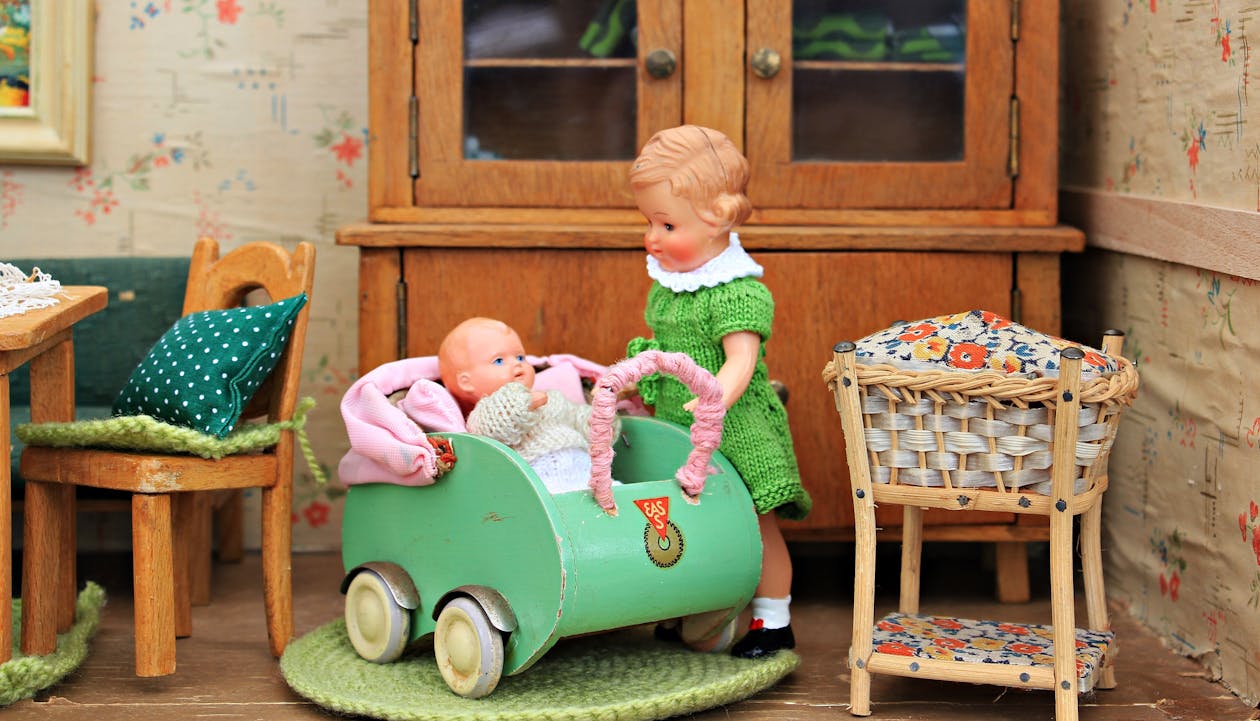Toys play a crucial role in a child’s development by nurturing creativity, imagination, and motor skills. However, children often lose interest in toys when they see the same ones daily. Instead of buying more, why not try rotating toys that you already have? The toy rotation system benefits can work wonders in making old toys feel new, encouraging deeper play, and supporting your child’s overall development.
What is a Toy Rotation System?
A toy rotation system is a simple method in which only a selection of toys is available to children at a given time, while the remaining toys are stored away. After a set period, the toys are swapped out with some of the stored ones. This process keeps the available toys “fresh” and exciting, as children feel like they receive new toys regularly.

Benefits of a Toy Rotation System
- Promotes Focus and Engagement
When fewer toys are available, children can focus better and engage more deeply with the toys at hand. It fosters creativity, builds attention span, and encourages imaginative play.
- Reduces Confusion
A cluttered play area with too many choices can overwhelm and confuse children. Therefore, this system limits options, making it easier for them to decide what to play with.
- Encourages Better Play Habits
With fewer toys available, children learn to take better care of each toy. They are also more likely to explore each toy to its full potential.
- Saves Money
What parent doesn’t like this? Toy rotation reduces the urge to buy new toys frequently, as old toys feel new and exciting after being out of sight for a while.
- Teaches Organization
Moreover, preferring a rotation system helps instill organizational skills in children as they feel happier to play in a tidy area.

Steps for Setting Up a Toy Rotation System
Setting up a toy rotation system does not require a lot of time or effort. You can follow these simple steps to create a better kid’s play area:
-
Sort and Declutter
Start by gathering and organizing kids’ toys in one place. Then, sort them into categories such as building blocks, puzzles, stuffed animals, and other play items. Discard broken, unused, or outgrown toys to reduce clutter. You can also donate those toys to other kids.
-
Divide Toys into Groups
After sorting the toys, divide them into multiple groups. You must ensure that each group has a mix of toys that cater to different skills and interests. For example, a group could include one puzzle, one art item, and a few action figures.
-
Select a Storage Solution
You should use storage bins, boxes, or clear plastic containers to keep the out-of-rotation toys well organized. Make sure to label each container to make it easy to identify the contents when it’s time to rotate.
-
Decide on a Rotation Schedule
To preserve your time, choose a rotation schedule based on your child’s age and interest level. Younger children will benefit from weekly rotations, while older kids might enjoy a two- or four-week cycle.
-
Introduce Rotated Toys Thoughtfully
When introducing a new set of toys, present them as something exciting. Arrange them neatly in the play area to capture your child’s curiosity.

How Often Should You Rotate Toys?
The frequency of toy rotation simply depends on your child’s age as well as interests. Here are some guidelines to follow for kid’s age group:
- Toddlers (1-3 years): Rotate toys weekly or biweekly, as younger children naturally have shorter attention spans and will interact with each toy much more frequently
- Preschoolers (4-6 years): A rotation every two to three weeks works well for this age group.
-
Older Children (7+ years): Monthly rotations are sufficient, as older kids are better at focusing on toys for extended periods.

Tips for Storing Out-of-Rotation Toys
To maintain the efficiency of your toy rotation system, you must work on proper storage. Here are a few tips that will help you in managing toys easily:
1. Use Clear Containers
You can use transparent containers to allow you to see what’s inside without opening them. This makes rotations quick and easy.
2. Label Everything
Just label each container clearly with its contents. Use pictures or words to make it easier for everyone in the family to identify what’s inside the toy container.
3. Choose an Accessible Storage Area
You can store the containers in a closet, attic, or under the bed. Also, ensure the area is safe, clean, and out of your child’s immediate reach.
4. Inspect and Refresh
Before rotating toys, check for any damage or missing parts. Clean the toys if needed to keep them in good condition.

Combining Toys in New Ways
Toy rotation also provides an opportunity to encourage creative play by combining toys in unexpected ways. You can easily let your child escape boredom with some refreshing playroom ideas listed below:
Create Themed Playsets
Combine toys that fit a particular theme, such as a “farm” set with animal figures, doll set, kitchen set, building blocks, and toy tractors.
Mix Different Categories
Pair puzzles with storybooks or include art supplies with building blocks to inspire new ways of playing.
Add Everyday Items
Add household items like cardboard boxes, safe kitchen utensils, or fabric scraps to enhance pretend play and spark creativity.
Rotate Accessories
If your child has a dollhouse or play kitchen set, rotate the accessories rather than the entire set. This keeps the experience fresh without requiring a complete overhaul.
By utilizing these tips, as a parent, you can easily perform toy rotation and let your child maximize their playful moments.
Final Thoughts
A toy rotation system is a simple yet effective way to keep your child’s playtime engaging and clutter-free. By reducing confusion and offering a fresh selection of toys regularly, you can help your child explore their creativity and develop new skills. With Playroom Collective, you can find creative solutions and tools to make organizing as well as toy rotation even easier, turning playtime into a delightful experience for the entire family. Enjoy the joy and excitement that a toy rotation system brings to your kid and home.


